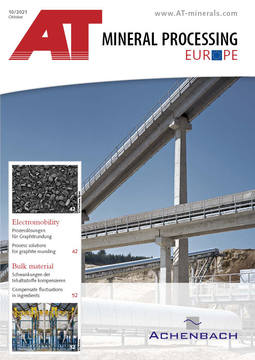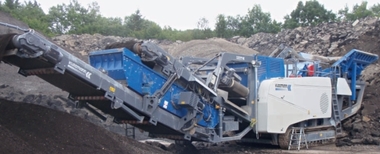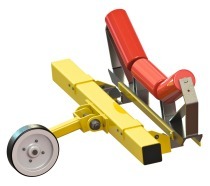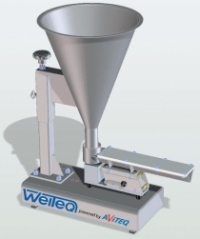Bulk solids seek measurement technology
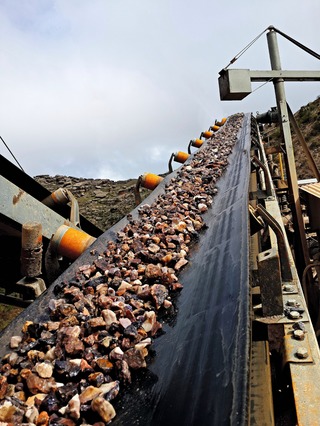 Stable weighing systems are required for the transport of gravel, sand or ores
Stable weighing systems are required for the transport of gravel, sand or ores
© iStock
The starting point for the decision-making process is always the bulk material, to be precise: the attributes of the product at the exact moment when the technique is to measure it. For example, weight demands special attention. It makes a difference, for example, whether the scales have to withstand the pouring of tiny quantities of powder or the dumping of tonnes of gravel. Accordingly, the weighing systems must be stable enough. Furthermore, the viscosity, grain size and composition must be taken into account. If the material has too high a temperature, the system needs to be heat-resistant or, in the case of explosion classification, it must meet strict safety standards.
As a rule, goods such as stone, gravel, coal, cement and ores, but also animal feed, are transported via belts – and in large quantities, for which the user needs the right measuring technology. The weighing systems have to withstand a lot of weight. Built-in belt weighers have proven to be very durable due to their robust design. By installing a scale underneath the conveyor belts, they can be easily integrated into existing systems and used for a wide range of goods. However, belt weighers exist in various forms, which makes them suitable for smaller and medium-sized product flows. Here, for example, the weighfeeder is ideal, which, in contrast to built-in belt weighers, is characterised by additional modifiability. Optical belt weighers, on the other hand, do not work with the weight of the material, but with sensors and lasers that measure the volume flow at the exit of the conveyor belt. This is particularly useful in tunnelling and in screening and crushing plants, where it is more a question of keeping an eye on the volume than on the weight of the transported material.
So far, we have only talked about belt weighers, which already have strong differences in themselves, but there are countless other forms of scales. Flowcubes, screw scales, impact plate scales – they all represent only a fraction of categories that can be further divided into many sub-techniques. The list could be extended at will, because the broad composition requires an equally diverse repertoire of measuring instruments. However, what becomes obvious is that the measuring system follows the bulk material. Clear communication between the supplier and the company remains the be-all and end-all – not only to find the right solution, but also to avoid unnecessary costs.”

